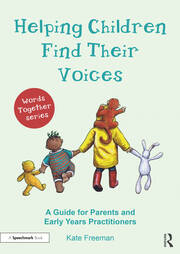|
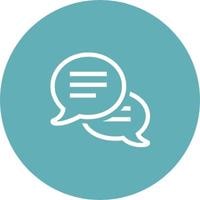
Promoting communication and language at different ages in the Early Years
It is really important to talk to children as soon as they are born (and even before, if you are a parent). Children only learn to talk from being talked to and from linking what they hear with what they experience in the world.
For babies and very young children, what you talk about needs to be focused on what they see in front of them. The sentences that you use also need to be very short with only one main word – things like ‘Hi. I can see your toes. Your toes. Here they are’. At this age, you can also play ‘turntaking games’ where you do something and then wait for a response from the child, before doing it again. Tickling, smiling or playing peekaboo are great turntaking games and they help children to learn how conversations work with one person doing something and another responding.
As children get older and start to use their own words, you can help them learn to expand their sentences by modelling longer sentences and adding a word to what the child says to you. So, if they are saying ‘puppy’, you can say ‘Lovely puppy. Be gentle.’ This is the time when children are learning how words join together to make sentences, so it is a key time in their communication development.
Once children are joining two words together in their own mini sentences, the adults around them can support their vocabulary learning further by using colour, size and location labels. You can say things like ‘Here’s a brown cow’; or ‘Look at the red bus’; or the ‘cat’s under the table’. Remember, that testing children by asking them to tell you something that you already know e.g. ‘What colour is this?’ is not useful. It adds pressure to communication and doesn’t help children to learn.
Singing songs and sharing books together are a great way of helping children to learn skills for communication development. You don’t have to read what is said on each page - talking about what you see in the pictures is just as good. Make sure what you talk about from the book is at the right level for each individual child. For some, you might point to the tree and say ‘I can see a….’ (waiting for the child to fill in the gap), for some children you might say ‘I wonder what teddy’s feeling when he goes down the slide’.
To best help support children’s to learn communication and language skills, it is important that you know what to expect of typical communication development and when. In my book, I talk about ages and stages and key pointers such as listening more than you talk; responding to what a child is looking at or saying and avoiding yes, no questions (instead commenting on what a child is doing or saying and leaving a gap for them to respond is more helpful).
Remember to share useful ideas with parents and carers and work out ways to share and celebrate achievements at home as well as in Early Years settings.
The Action for Children document ‘What to expect when’ also has useful ideas for supporting children’s communication and language development across the age groups.
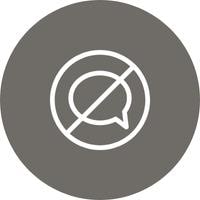
What if a child is struggling to develop communication skills?
As I mentioned before, it is really important to know what to expect of children’s language development: Knowledge of these milestones will help you to know whether a child is on track, or whether they need additional help.
It is important to identify as soon as possible whether the child is on track or not. That way, you can make sure that the right kind of help is in place as early as possible This will ensure that the child has the best chance of making the progress that they deserve.
Many practitioners and parents panic if a child is not developing communication and language as expected and it is right to come up with an action plan as soon as possible. This may mean referring to a speech and language therapist but it certainly won’t mean sitting back and waiting for the child to get an appointment through the door. For very many children, speech and language therapy appointments take many, many months to come through, so there is plenty that you can be doing in the meantime.
Carrying out all the activities that are described above is useful. Instead of focusing on the child’s age, focus on their level of development, so keep your sentences short, in the ‘here and now’ and only one word longer than the child uses.
Try and work out what the child is understanding and notice whether they are basing their understanding on the gestures that you use, what other children are doing or whether they are really understanding the words and the sentence types that you are using.
Keep instructions for activities positive: Many children may struggle to pick up the ‘not’ part of the sentence in instructions like ‘Do not go over to the paints yet.’ It is better (for all the children) to say ‘ Please stay where you are for the moment. We will be doing painting soon’.
Break down information into shorter sentences to help children understand. You can also use gestures and pictures to help them to know what you mean.
Building up skills slowly from what a child is currently doing is the way to achieve success. My book describes lots of activities to use with children who are using single words in their sentences, ready for them to join words together. Other resources include the Early Talkers activity packs from the communication charity, I CAN.
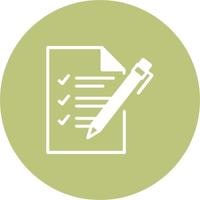
Communication and Language Development in the Early Years Statutory Framework
Exactly a year ago, the new Early Years Foundation Stage was effected in all Early Years settings in England. For the first time, the Early Years Statutory Framework incorporates a very strong focus on communication and language development. It is recognised that ‘The development of children’s spoken language underpins all seven areas of learning and development. Children’s back-and-forth interactions from an early age form the foundations for language and cognitive development.’
The EYFS framework also highlights the strong link between early language development and later literacy skills: ‘Reading consists of two dimensions: language comprehension and word reading. Language comprehension … starts from birth. It only develops when adults talk with children about the world around them and the books … they read with them, and enjoy rhymes, poems and songs together’
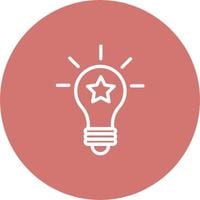
Top tips for practitioners to support children and families with communication and language development
- Increase your understanding of speech, language and communication development by accessing free training, linking on social media or reading up on the subject.
- Involve parents and carers - share relevant resources and help them to create a positive home learning environment.
- Reflect on your setting staff and environment – Think about how you could increase communication and language opportunities in your setting
- Ensure that babies and toddlers are spoken to in activities throughout the day, even if they can’t respond. Regular activities such as nappy changing and eating are a great time to support language development.
|
Words Together: Supporting Early Language Development in Young Children
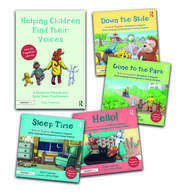
If you enjoyed reading this article, Words Together: Supporting Early Language Development in Young Children has been designed for parents and practitioners supporting children to understand and use two-word sentences. It includes a guidebook and four colourful picture books which can be bought individually or as a set.
Shop Now
|
|
|
|
|
|


